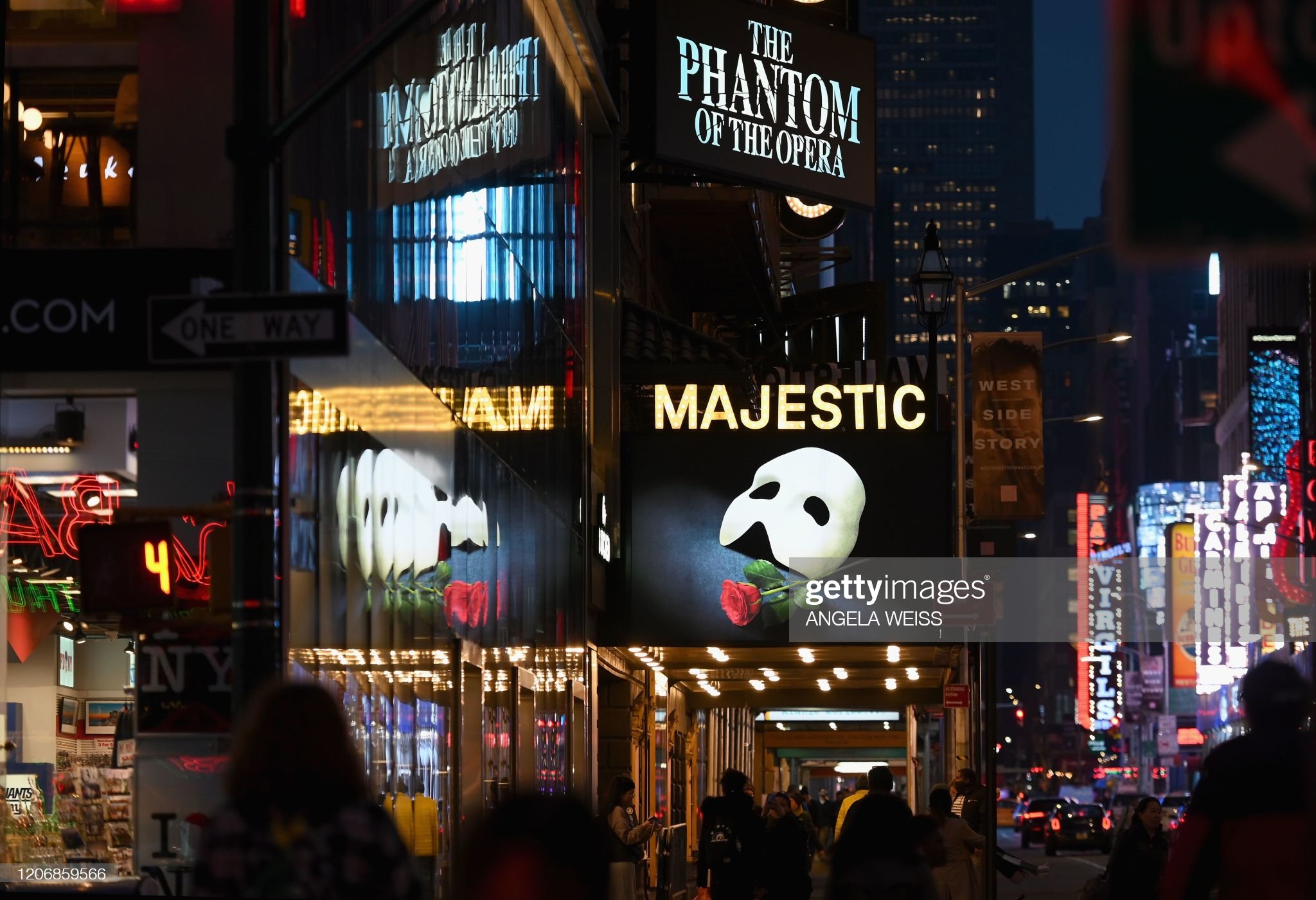
Thesis
Andrew Lloyd Webber’s 1986 musical adaptation of The Phantom of the Opera became not only the longest running musical in Broadway’s history, but also an international phenomenon. As a production with booming vocals, full-bodied instrumentation, and mysterious musical elements, creating a soundscape that is distinct and immersive for the audience is vital for Phantom in particular. We will argue that this transition of Phantom from a strictly UK production to a successful American musical was a result of innovations in the amplification and recording technologies, dissemination of CDs, and Lloyd Webber’s unique synthesis of traditional opera and popular music styles. Additionally, we will review the video of the 1988 Tony Awards performance from the original Broadway cast of two notable songs, “The Phantom of the Opera” and “Music of the Night,” and argue how the particular performance exemplified how these technological advancements aided in the show’s popularity.
Synopsis
Based on Gaston Leroux’s 1909 novel, Andrew Lloyd Webber’s The Phantom of the Opera details the story of the Phantom, a mysterious, masked, musical genius living beneath an opera house in the late nineteenth century. After hearing the talented yet naive Christine Daaé perform, the Phantom becomes infatuated with her and her voice, treats her as his muse, and quickly falls in love with her. However, when the Phantom realizes that Christine’s affections are directed toward her childhood sweetheart instead, he wreaks havoc on the entire opera house (Andrew Lloyd Webber n.d.).